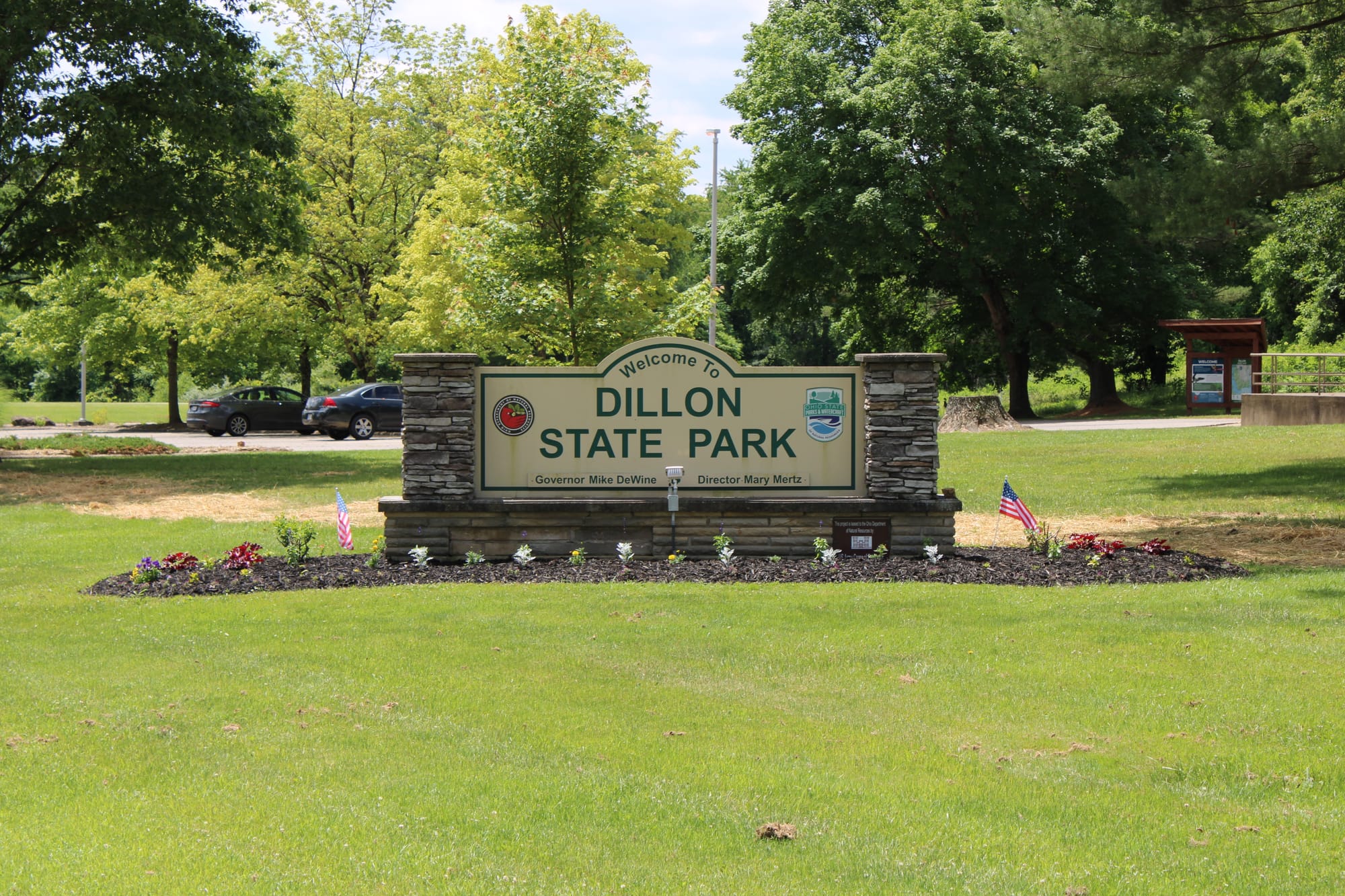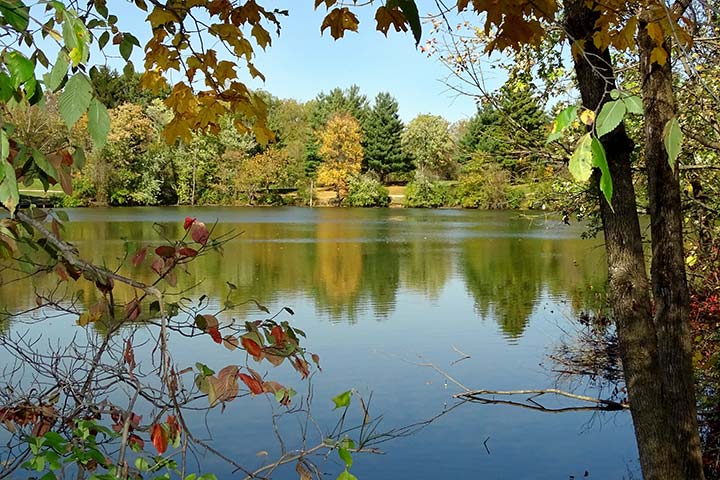
Alum Creek State Park
Trail Map
Interactive map showing the trail route for Alum Creek State Park. The map displays topographic information and trail markers.
Elevation Profile
Elevation data not available for this trail.
Chart showing elevation changes along the trail distance. Hover or focus on the chart to see specific elevation values at each point.
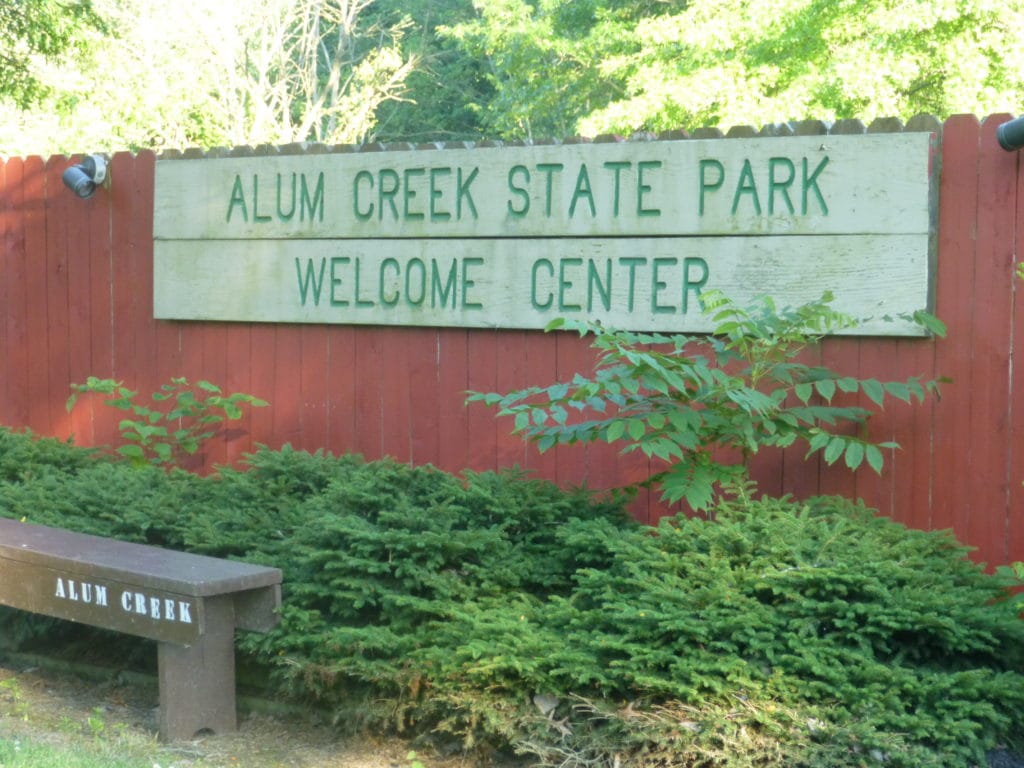
Alum Creek State Park, located near Columbus, Ohio, is a popular destination for outdoor enthusiasts. It is a 4,630-acre Ohio State Park in Delaware County, Ohio. Alum Creek Lake was constructed from 1970 to 1974 as part of the Flood Control Act of 1962. Alum Creek Dam was constructed on Alum Creek, a tributary of Big Walnut Creek, which drains into the Scioto River. Alum Creek State Park was established in 1976.
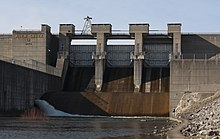
Alum Creek Reservoir holds 3,387 acres of water and is open to fishing, boating, ice fishing, ice boating, and swimming.
The park is just north of the state capital of Columbus and contains the remnants of a settlement by freed slaves that arrived in Ohio from North Carolina and a historical marker for Fort Cheshire.
Location:
3615 S, Old State Road, Delaware, OH 43015
(740) 548-4631
Open 24 hours
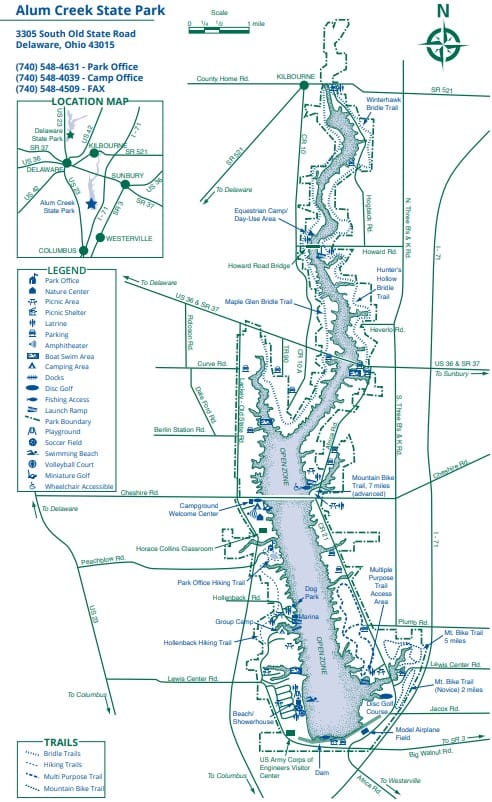
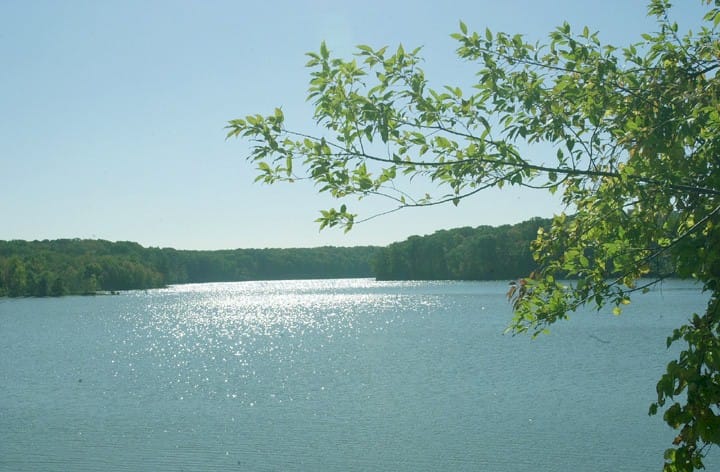
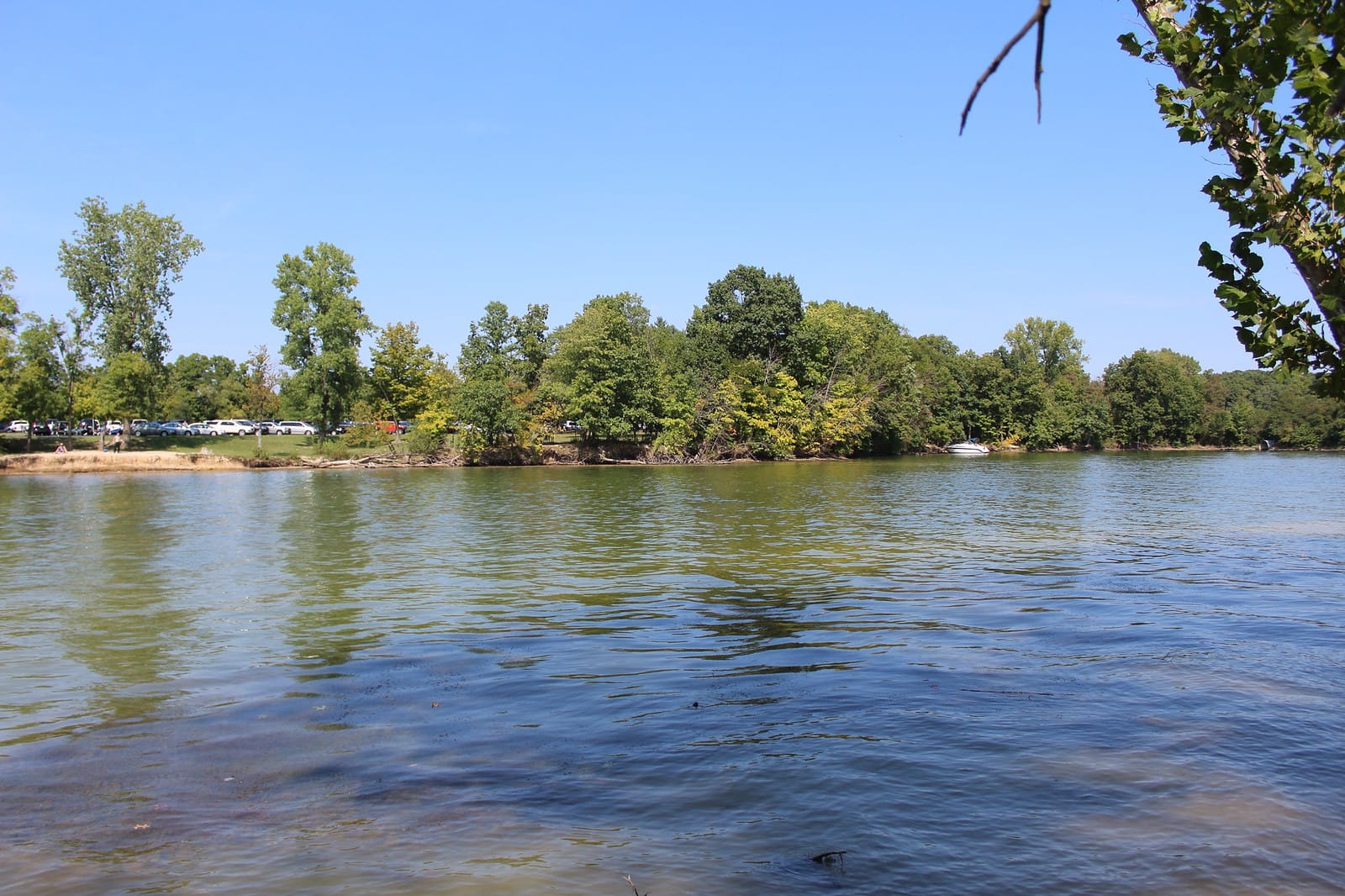
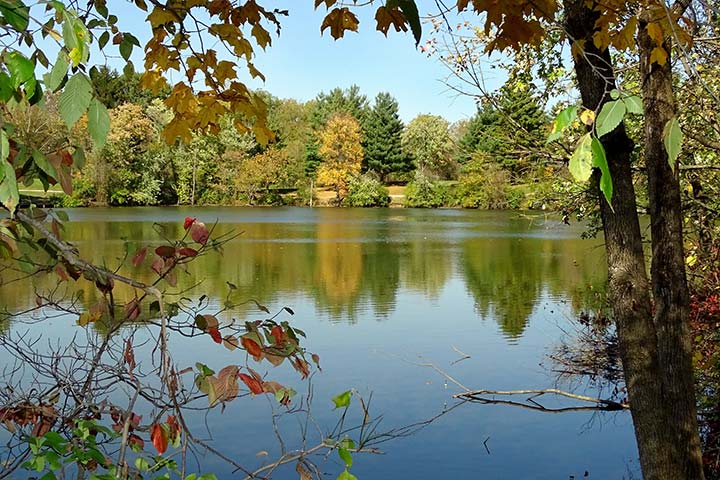
History:
The first evidence of man living in the Alum Creek State Park area dates back over 2,000 years ago to the Adena culture.
Seven mounds were found in the Alum Creek valley and six of the mounds were excavated by archaeologists before the valley was flooded, creating Alum Creek Reservoir.
The Lenape tribe inhabited the area at the arrival of Anglo-Americans. The Lenape had originally lived along the Delaware River in what is not New York, Pennsylvania and New Jersey. They were displaced by the arriving colonial settlers and the Iroquois Indians who were the dominant group in the area. The Lenape established a large community on the banks of the Olentangy River at what is now the city of Delaware and had a 400-acre corn field in what is now downtown Delaware.
Most of the Native Americans in Ohio were driven out or killed by the arriving Anglo settlers and military. The first permanent white settler in the area was Moses Byxbe. He built his home in 1805 along Alum Creek in Berkshire Township. He owned over 11,000 acres of land in the area that he was able to purchase as part of the settlement program given to veterans of the American Revolutionary War.
The pioneer settlers were forced to build fortifications during the War of 1812 to protect against attack by warriors under the leadership of Tecumseh and his British allies. One such fortress, Fort Cheshire, was constructed along Alum Creek. It was two stories tall with the second story reaching over the entry to the fort thus enabling the defenders to shoot and drop boiling water on any attackers. Fort Cheshire stood until the American Civil War and was later used as a schoolhouse. A plaque commemorating the fort is located at the family campground of Alum Creek State Park.
Africa Community and the Underground Railroad

Ohio, sharing a border with the slave state of Kentucky, played an important part in freeing slavery in the United States along the Underground Railroad. A major path of the Underground Railroad ran along Alum Creek. It is believed that over 40,000 slaves passed through the area on the Sycamore Trail. The white bark of the sycamore tree provided a guide for fleeing slaves making their way north to Canada at night. The Hanby House in Westerville was an important safe house in Franklin County. Escaping slaves would wade in Alum Creek as a means of hiding their scent from pursuing dogs and slave catchers. Also, there was a settlement of former slaves from North Carolina along what became known as Africa Road on the southern end of what is now Alum Creek State Park. These former slaves also played a role in the Underground Railroad in Ohio.
In the 1840s, along the border of present-day Alum Creek State Park, stood a community of African Americans, abolitionists, and Quakers. Originally part of East Orange, the area took its name from a pro-slavery neighbor who used the term mockingly.
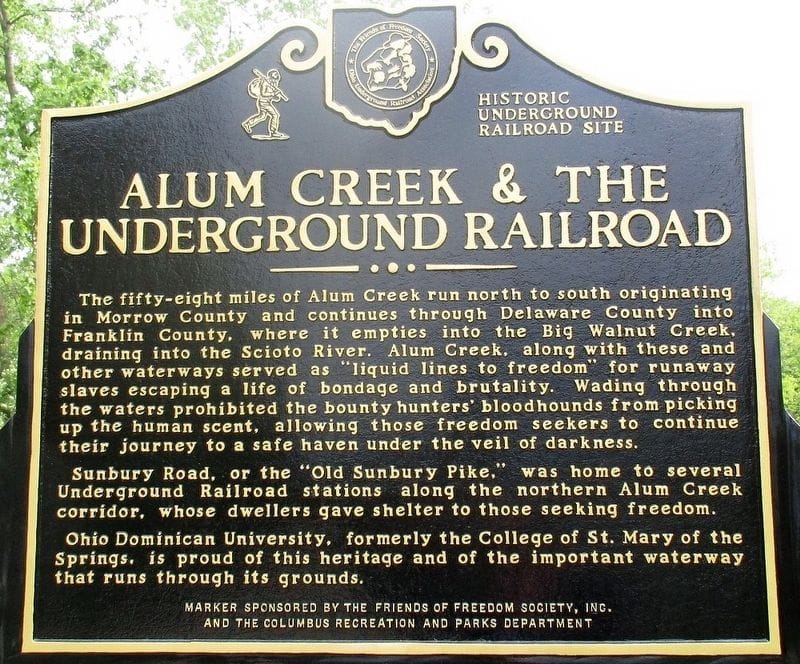
Samuel Patterson, who lived in the area since the late 1820s, played an important role in the development of the Africa community. He built a large house and a variety of outbuildings in the 1840s to expand his farm. These buildings also provided space to house people escaping through the Underground Railroad. Other community members also participated, helping those men, women, and children fleeing to safety.
The Africa community continued to be active in the underground railroad in the years to come. Those freed slaves who had settled there opened their homes to help others escape. Of these structures, only the Aaron L. Benedict house is still standing. The activity in the area continued until the Emancipation Proclamation.
The Africa community disbanded after the Civil War, some of the homes remain standing.
Trails and Lengths:
Alum Creek State Park features a variety of trails suitable for different outdoor activities:
- Alum Creek Trail:
- Length: Approximately 10 miles.
- Description: This trail follows the eastern shore of Alum Creek Lake and is popular for hiking and biking. It offers scenic views of the lake and passes through diverse landscapes.
- Lake Trail:
- Length: About 2.5 miles.
- Description: This shorter trail offers picturesque views of the lake and is ideal for a leisurely walk or hike.
- Horse Trail:
- Length: Approximately 10 miles.
- Description: Designed specifically for horseback riding, this trail winds through wooded areas and open fields.
- Hollenback Trail:
- Length: 1.5 miles
- Description: Easy trail
- Multi-purpose Trail:
- Length: 5 miles
- Description: Easy Trail
- Park Office Trail:
- Length: 1.5 miles
- Description: Easy Trail
- Rocks to Roots Trail:
- Length: 1.1 miles
- Description: Moderate Trail
- Storybook Trail:
- Length: 0.5 miles
- Description: Easy Trail
Fort Cheshire:
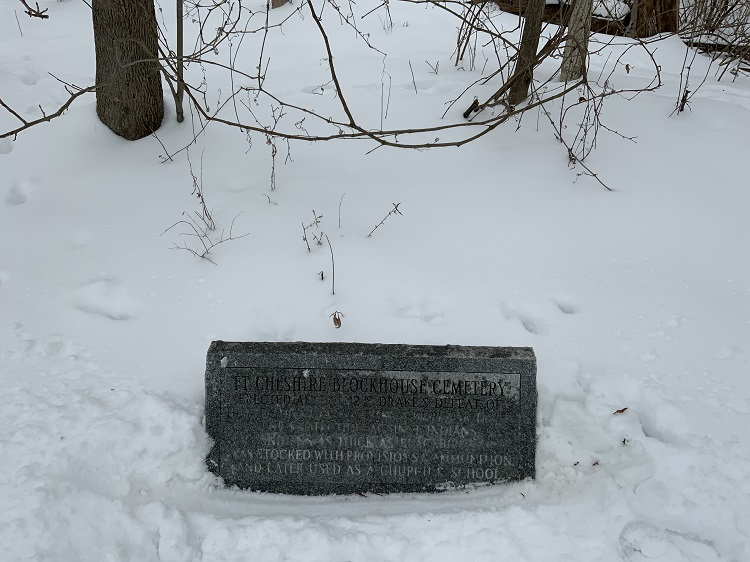
The family campgrounds at Alum Creek State Park feature a bronze plaque commemorating the Fort Cheshire blockhouse. This blockhouse, which stood from 1812-1820, was one of four built in the county to defend against attacks in the time leading up to the War of 1812. Fort Cheshire featured two stories. The top floor hung over the bottom floor, which allowed the inhabitants to shoot, drop boiling water on attackers, and stop attackers from setting the structure on fire from a raised location.
When they were built, the fortifications were generally intended only for a short time, and many, such as Fort Cheshire, are no longer standing. Often, they were dismantled after the end of the War of 1812 to build other buildings, while others were used for schools and meeting houses. Fort Cheshire fell into the second category, being used as a school and as a church meeting house by the local Baptist congregation. The exact date that the blockhouse was destroyed is unclear, with some records showing it was gone as early as 1820, but others showing it to be in use into the decade. However, it is certain that by the start of the Civil War, the building was gone.
Activities:
Alum Creek State Park offers a wide range of activities:
- Boating: The park's reservoir is popular for boating. There are boat ramps and a marina for access to the lake.
- Fishing: The lake is stocked with various fish species, including bass, catfish, and crappie, making it a good spot for fishing.
- Camping: The park has both campgrounds and primitive camping areas. Facilities include picnic tables, restrooms, and fire rings.
- Hiking and Biking: The trails provide opportunities for hiking and biking, with options ranging from easy walks to more challenging rides.
- Picnicking: There are picnic areas with tables and grills for a day out with family or friends.
- Swimming: The park features a swimming beach where visitors can enjoy the water during the warmer months.
- Horseback Riding: There are designated trails for horseback riding.
- Wildlife Viewing: The park's diverse habitats make it a great spot for birdwatching and wildlife observation.
- Cross-Country Skiing: In winter, some trails are suitable for cross-country skiing.
Alum Creek State Park is a destination that caters to many outdoor interests, making it a good spot for both locals and visitors looking to enjoy nature and recreational activities.
Camping:
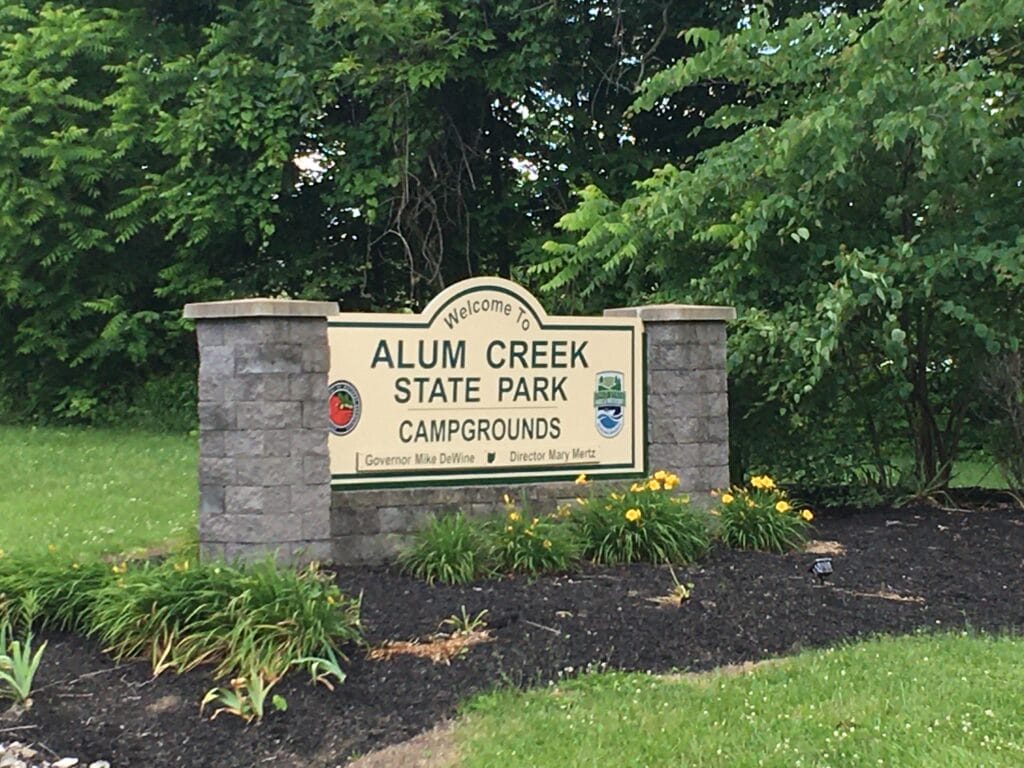
- Campgrounds:
- Alum Creek Campground: This is the primary campground in the park, featuring both electric and non-electric sites. The sites are equipped with picnic tables, fire rings, and access to modern restrooms and showers.
- Primitive Camping: For a more rustic experience, primitive camping options are available. These sites offer a more back-to-basics experience without the amenities of the main campground.
- Reservations: Campsites can be reserved in advance through the Ohio State Parks reservation system, especially during peak seasons. It's advisable to book early to ensure availability.

- Facilities: The campgrounds are equipped with amenities such as potable water, restrooms with flush toilets, and dump stations for RVs. There are also picnic areas and playgrounds nearby.
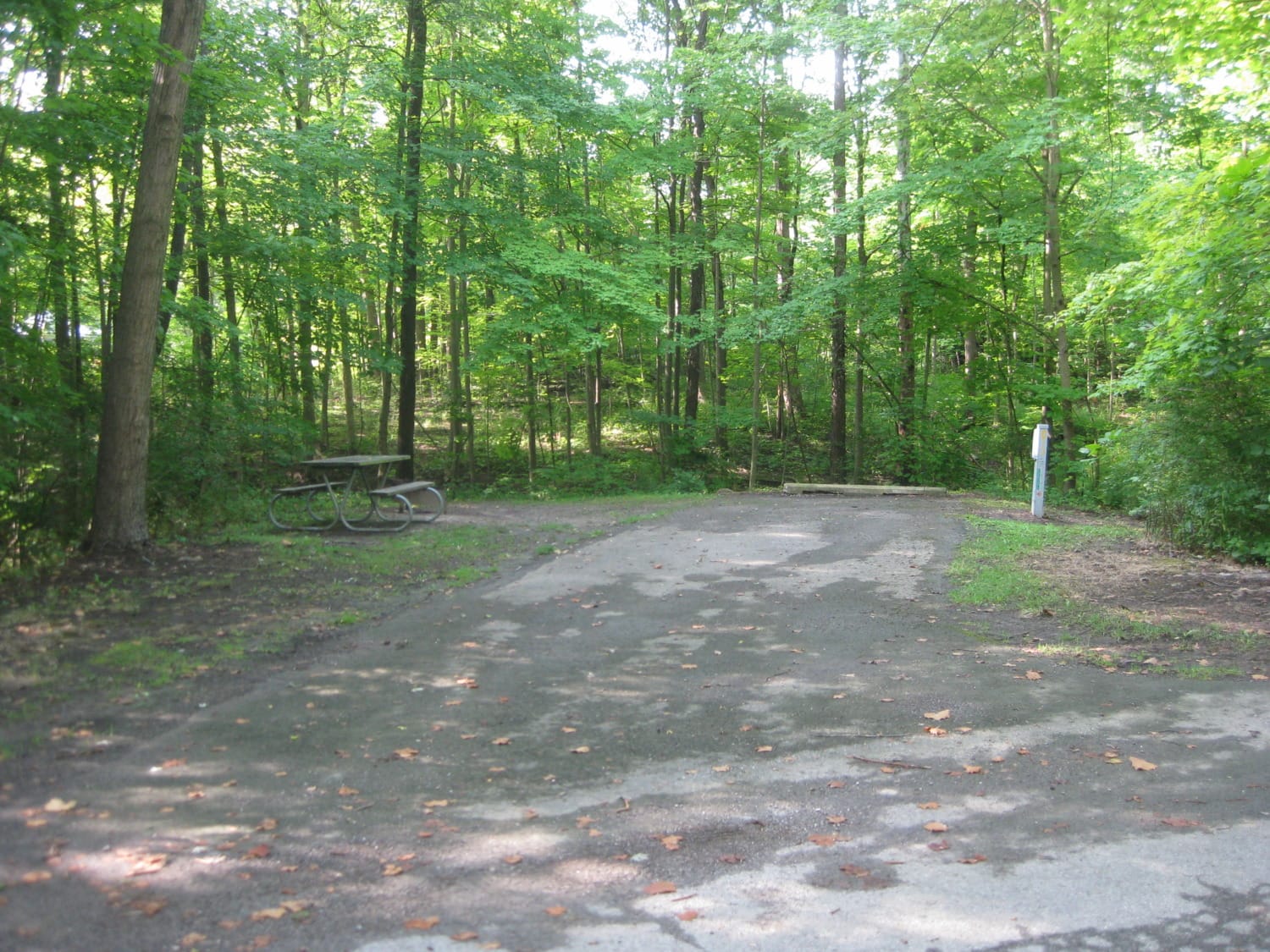
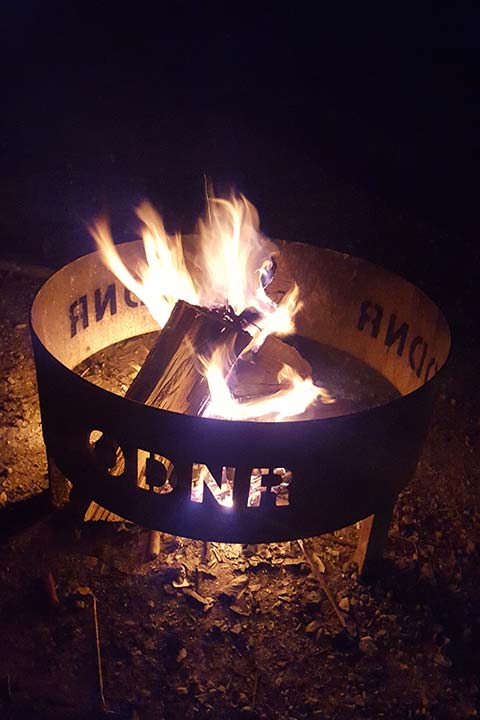
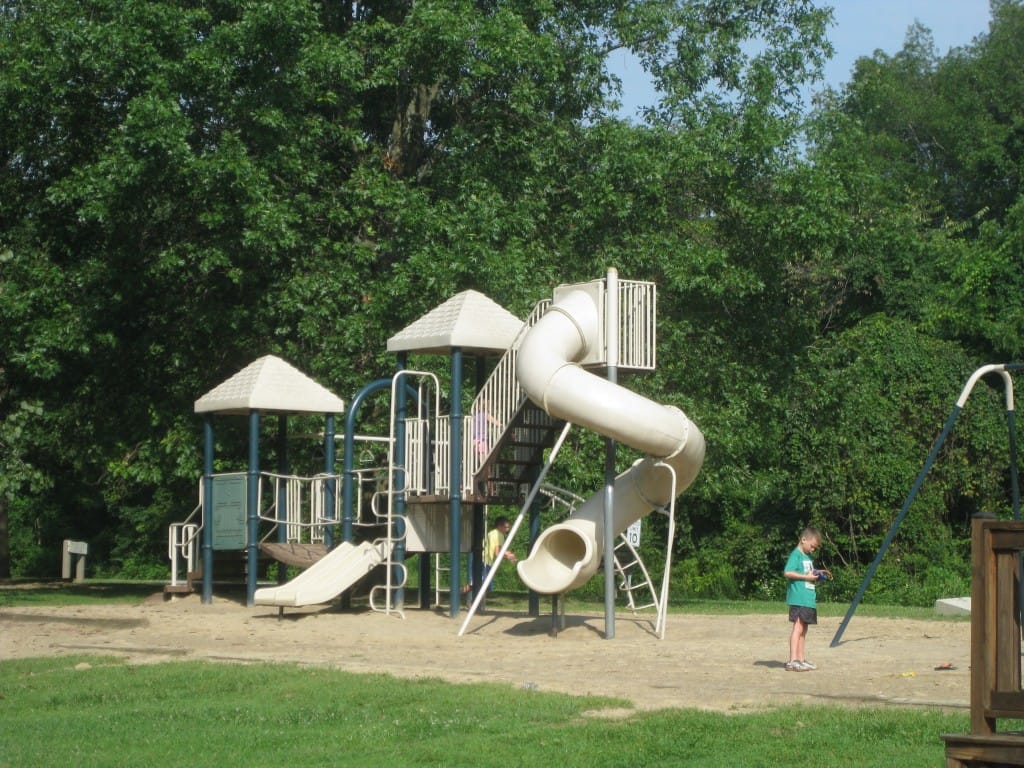
Boating:
- Boating:
- Marina: The park features a marina with boat ramps and dock facilities. Visitors can launch their boats or rent them for a day on the water.
- Types of Boats: Motorboats, sailboats, and canoes are commonly used on Alum Creek Reservoir. Personal watercraft such as jet skis are also permitted.
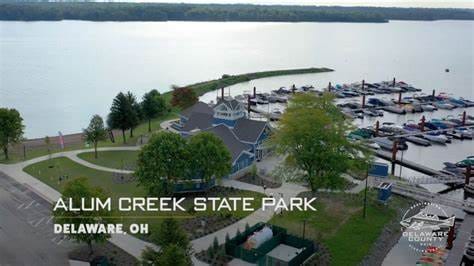
- Fishing:Fishing Opportunities: The reservoir is stocked with various fish species, including bass, catfish, crappie, and bluegill. Fishing is allowed from boats or the shore.Fishing Licenses: A valid Ohio fishing license is required for anglers.
- Swimming:
- Beach Area: The park has a designated swimming area with a sandy beach. This is a great spot for families and those looking to enjoy the water during the summer months.
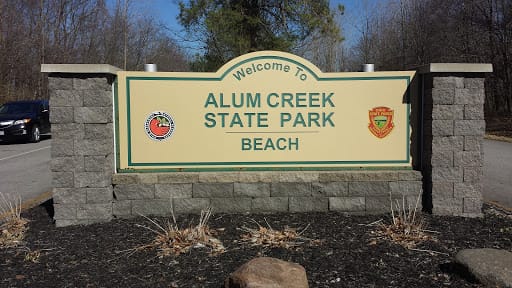
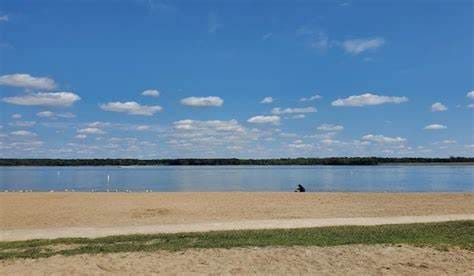
- Horseback Riding:Horse Trails: The park features designated trails for horseback riding, allowing riders to explore wooded areas and open fields.
- Picnicking:Picnic Areas: The park has several picnic areas with tables and grills, making it a great spotfor family outings or group gatherings.Wildlife Viewing:Nature Observation: The park's diverse habitats support a variety of wildlife, making it a good spot for birdwatching and wildlife observation.Cross-Country Skiing (Winter):Seasonal Activity: In winter, some of the park’s trails are suitable for cross-country skiing, offering a different way to enjoy the park's beauty.
Educational Programs:
- Park Programs: The park often hosts educational programs and events, such as nature walks, wildlife talks, and environmental workshops. Check with the park’s office for current offerings.
- Park Office: For the latest information on facilities, activities, and any potential closures, it’s a good idea to contact the park office directly or visit the Ohio State Parks website.
Conclusion:
Alum Creek State Park is our go-to for camping. The campgrounds are great for children with a nature center, playground, basketball court, etc. Also, on the weekends a private group offers free pancake and sausage breakfast on Saturdays and donuts on Sundays! Donations are optional. Best of all it is close to home, but it doesn't seem that way.
We have also fished in Alum Creek State Park Reservoir with some success.
The hiking trails are well-maintained and most of them are easy to do.
We highly suggest checking out Alum Creek State Park. It is worth the trip!

